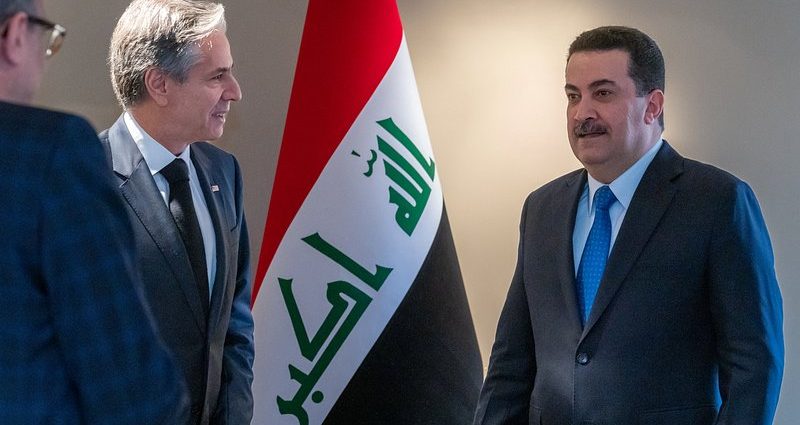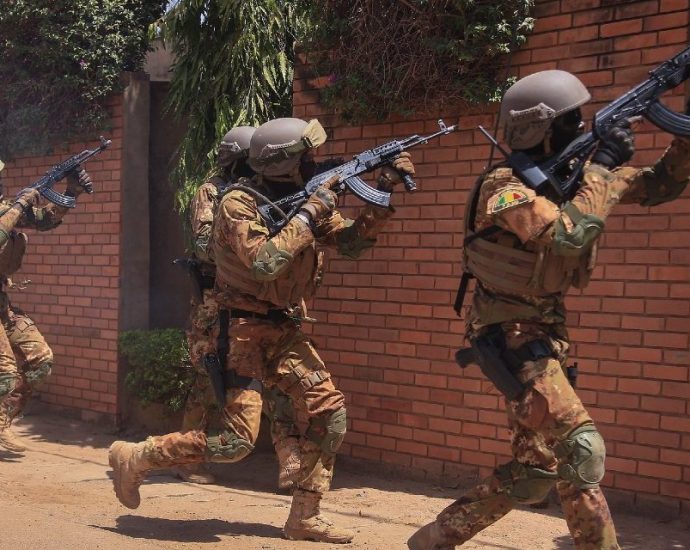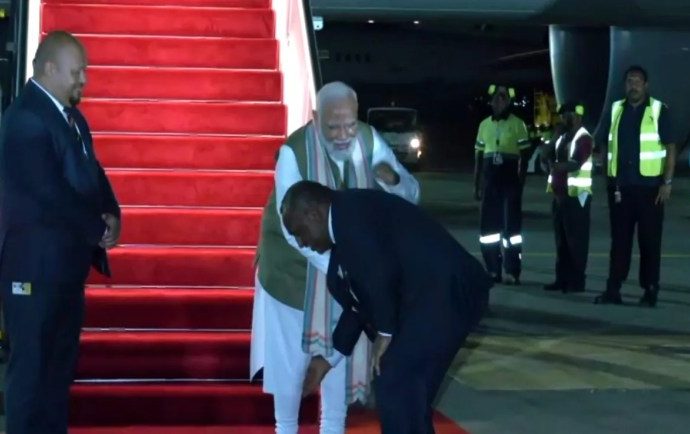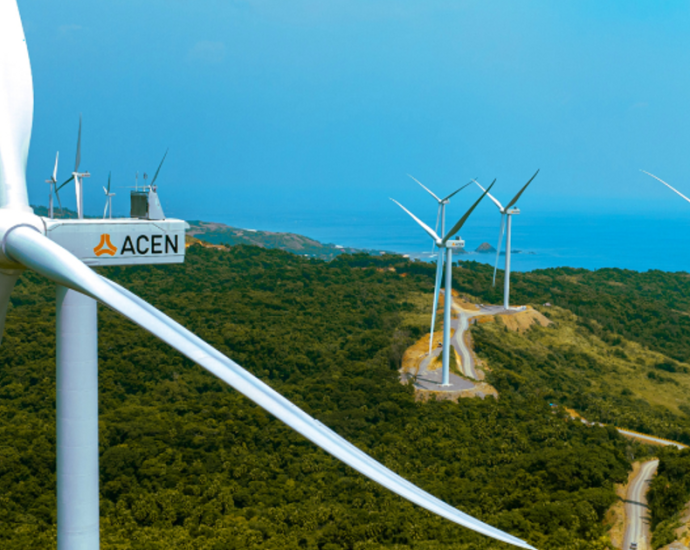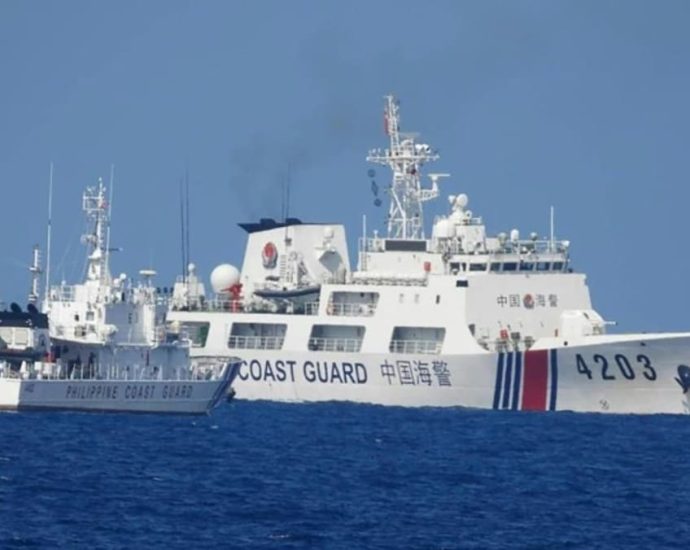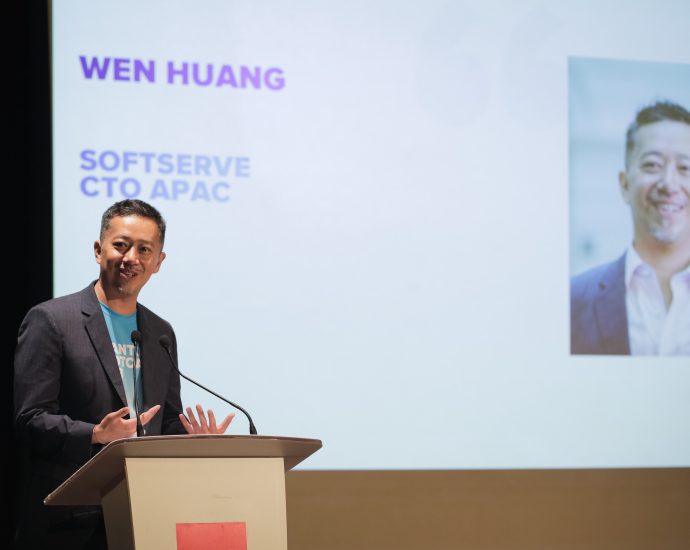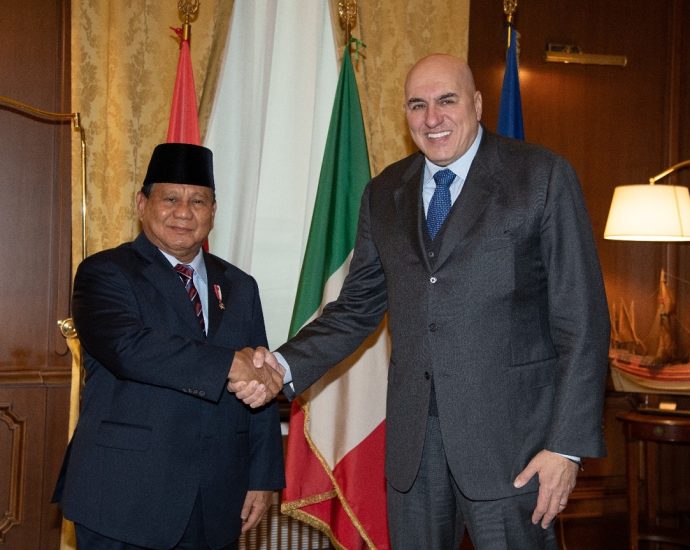Thailand’s prime minister turmoil
Hello Globe readers,
This week, the world has its eyes on Thailand as the resignation of former Prime Minister Prayuth Chan-ocha and the challenges around the selection of his successor leaves the public on pins and needles.
On 13 July, a parliamentary debate resulted in the rejection of opposition Move Forward Party leader Pita Limjaroenrat as the new prime minister. Although expected, the vote sparked widespread protests across the country. The Thai parliament will gather to cast their next vote for prime minister on 19 July.
While Thai citizens await the final decision, government institutions are facing an increased number of cyber infiltrations as groups of hackers target the region to steal key military information. Some experts believe the attacks, sourced to entities known as either Dark Pink or Ocean Buffalo, originated in Vietnam, but only an international investigation into the crimes will reveal the truth.
Vietnam has recently been facing another threat. The country’s few remaining wild elephants have been clashing with local farmers over food and land, leading to often-fatal interactions for the endangered giants. With only about 100 remaining across the entire country, they’re on the brink of a population spiral.
Last but not least, this week the Globe spoke with survivors of Singapore’s failed prison experiment that resulted in a deadly riot six decades ago nearly to the day. The chaos on Pulau Senang happened on the cusp of Singapore’s independence and faded from public memory, but a recent documentary dredged up the alleged abuse and corruption that undermined the project and led to its collapse.
That’s all for today, may you have a wonderful weekend and enjoy the features!
Latest
Environment
–
Cybercrime
–

